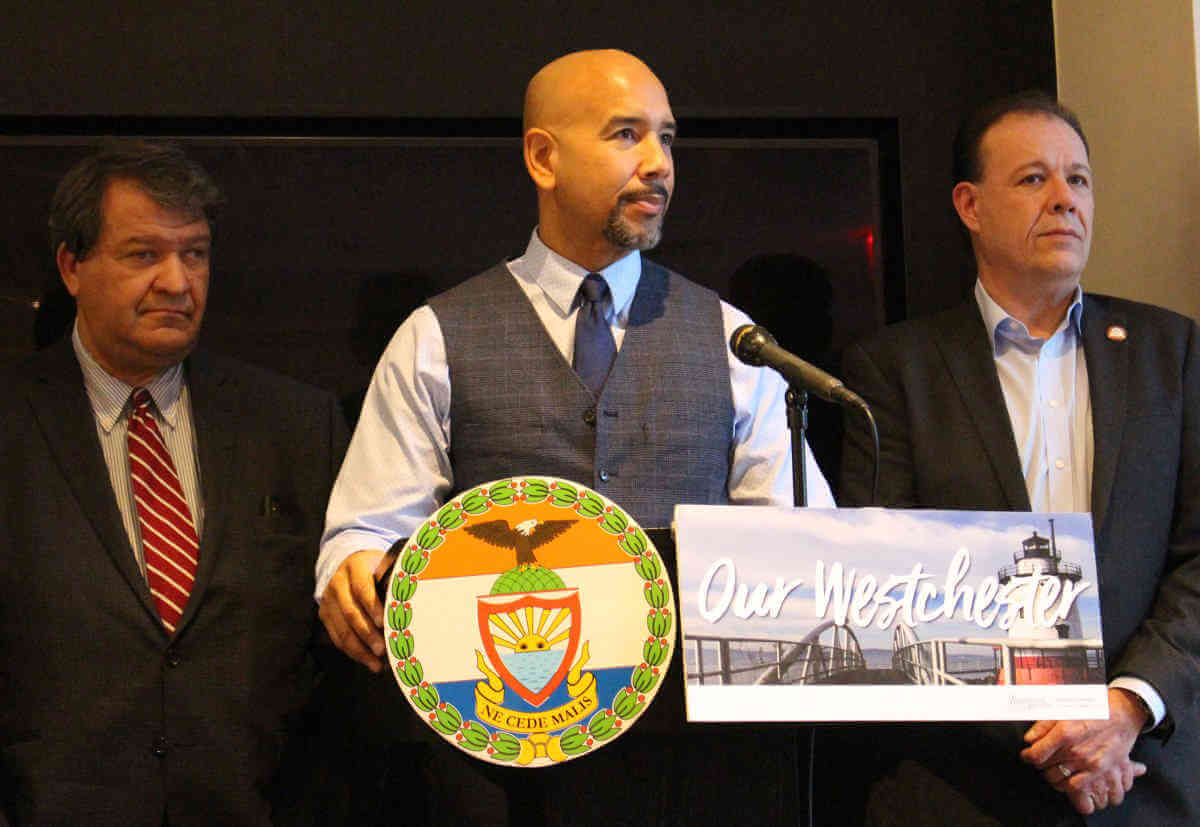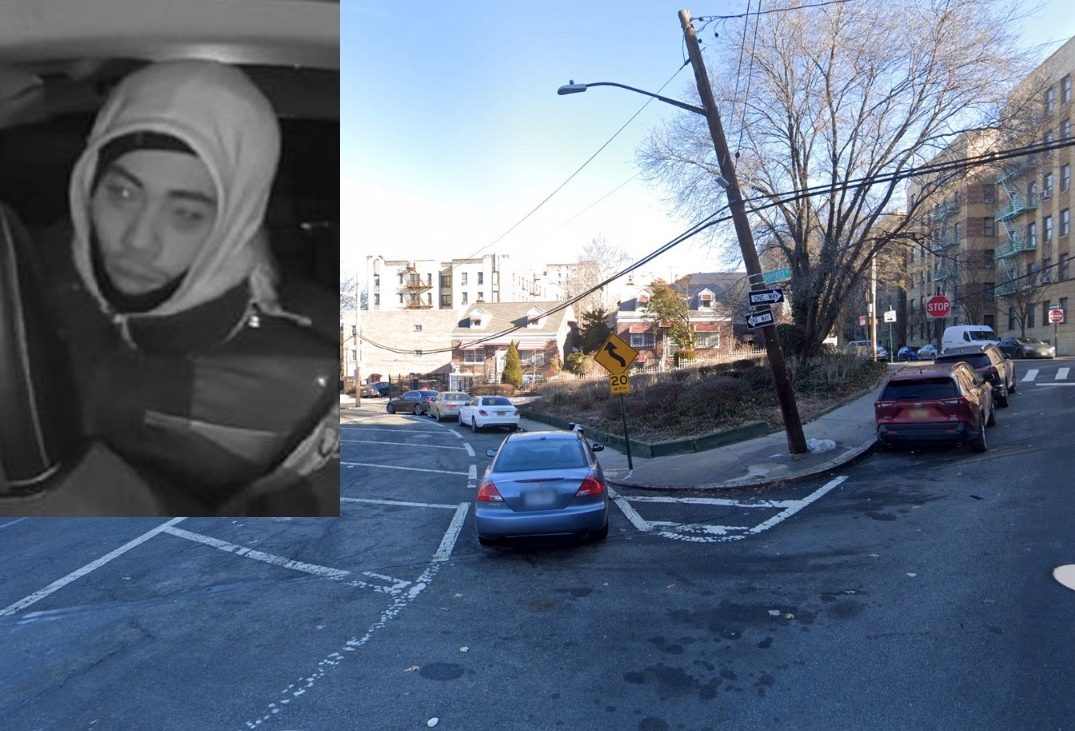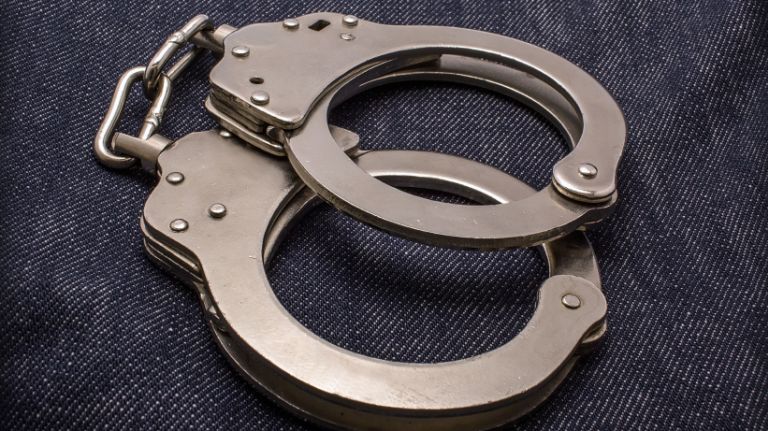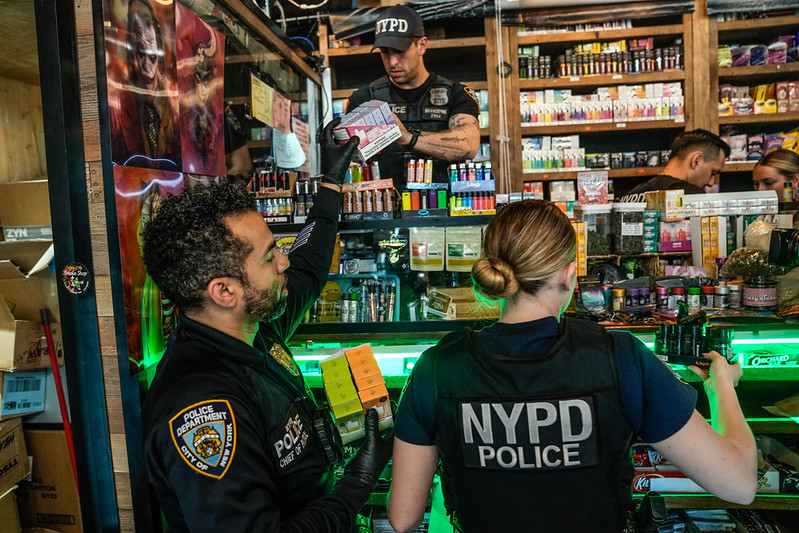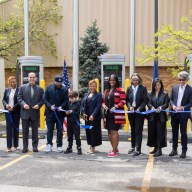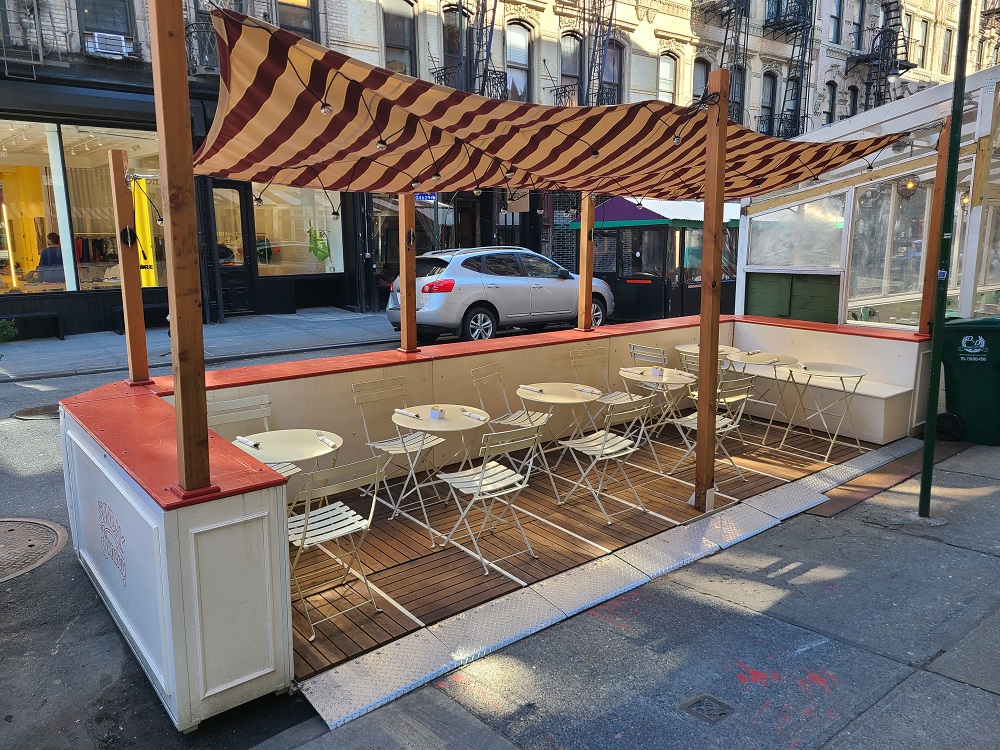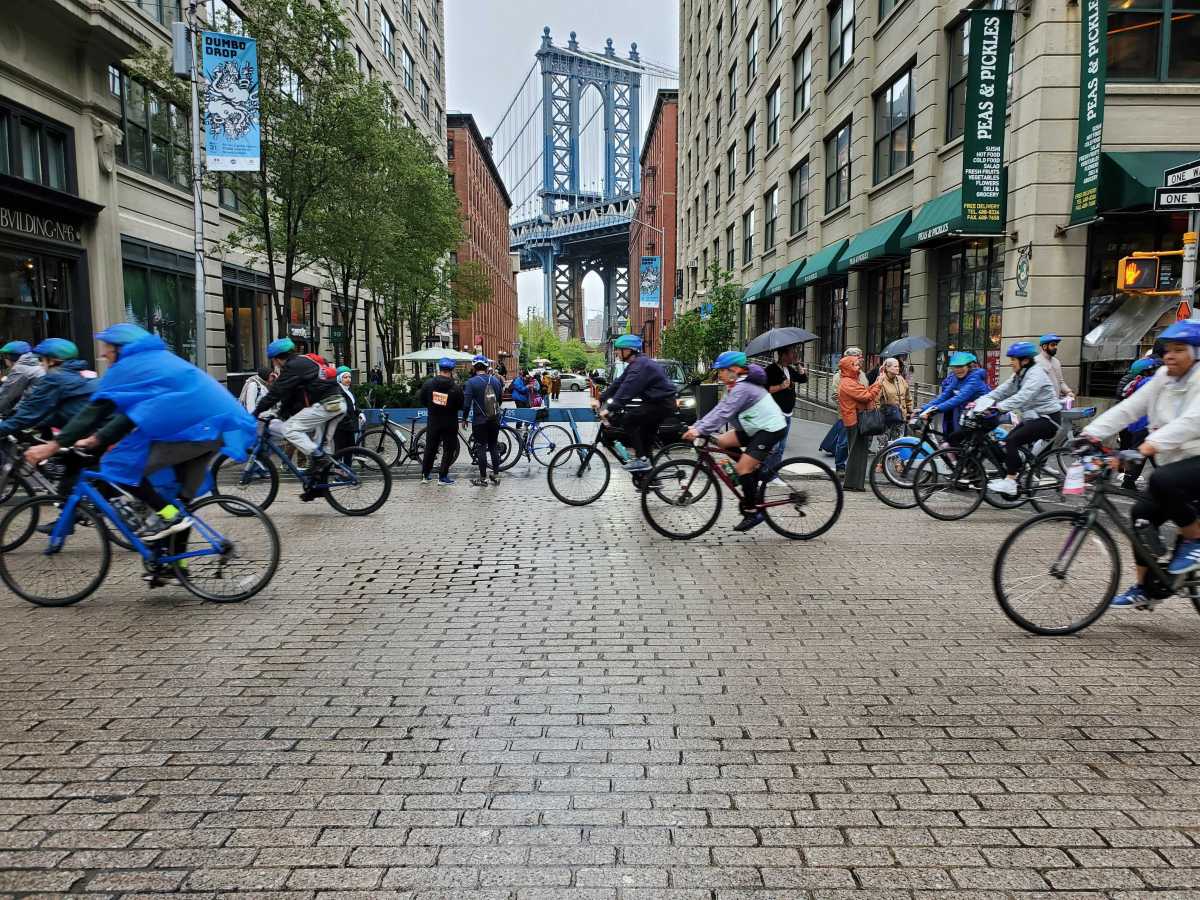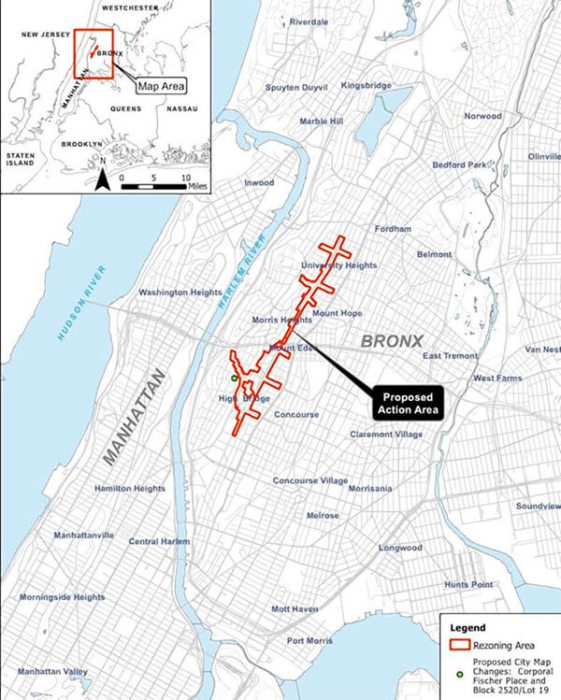He didn’t wear his Santa hat this time, but Borough President Ruben Diaz, Jr.’s sentiment that Amtrak belongs on the naughty list this holiday season is unwavering.
Joined by Westchester County executive George Latimer, Diaz and other Bronx elected officials once again aired grievances over the regional rail line’s delay tactics regarding negotiations with the Metropolitan Transportation Authority over east Bronx access to Penn Station.
Since the MTA and Metro North Railroad announced a Metro North service expansion that would bring commuters to Manhattan via the Hell Gate Bridge earlier in 2018, adding four new Bronx stations at Co-op City, Morris Park, Parkchester and Hunts Point, Amtrak has not cleared the tracks for the project to move forward, literally.
The city’s plan depends entirely on Amtrak allowing the MTA to use its already existing right-of-way that runs adjacent to I-95 in Westchester and the east Bronx before eventually running parallel to the Bruckner Expressway.
“Everyone except for Amtrak is on board with this,” Diaz said, referring to the rail company’s alleged stall tactics like that of ‘robber barons’ in the days of Cornelius Vanderbilt.
Some of Amtrak’s reluctance to ink a ‘memorandum of understanding’ with the MTA comes from ongoing negations that determine which party is responsible for necessary repairs to the tracks at stake.
Diaz cited the Pelham Bay Bridge and Bronxdale trestle as two specific pieces of infrastructure that are part of the MOU’s holdup.
The Bronxdale trestle’s repair would cost an estimated $30 million.
Amtrak is insisting that MTA cover the entire expense of replacing the two bridges.
“The MTA has been willing to share the replacement cost but Amtrak is being a bully,” Diaz said.
While construction on the new stations and track repair was planned to begin in April of 2019, there’s another pivotal element of the project that has the clock ticking – it’s funding.
The project’s $1.3 billion was allocated in the city’s Five Year Capital Plan, which expires after 2019.
Diaz and other electeds believe that Amtrak is trying to run out the clock, forcing the MTA and city to re-allocate the necessary funds in the 2020 to 2025 capital plan.
“We’ve seen this move before,” Diaz said, mentioning how he remains confident that the project will break ground before a re-budgeting would be necessary.
Meanwhile, Latimer, the elected official in charge of the Bronx’s northern neighbor, acknowledged the changes that the borough has undergone in recent years necessitates the need for improved commuter rail service.
He went on to explain not only how many Bronxites reverse commute to Westchester and even Stamford, CT, but how this project would get his suburban commuters directly into Penn Station for the first time as well.
“We have a common interest here,” Latimer said.
In addition to a now transit-united Bronx and Westchester, Latimer also said that he highly anticipates Connecticut’s new members of government to also ‘hop on board’ once they take office in January.
While the government municipalities opposed to Amtrak’s delay strategies continue to solidify, the company stands by its statement by spokesman Jason Abrams: “Amtrak has been cooperating with MTA’s planning efforts regarding the proposed expansion of Metro-North train service…Amtrak and MTA executives have met frequently in recent months to try to reach agreement on a number of key issues regarding design, construction and ultimate train operation of this project.”
Also supporting the borough president were Senator Luis Sepulveda, Assmbly Members Michael Benedetto, Nathalia Fernandez and Karines Reyes, Councilman Mark Gjonaj, Bronx Chamber of Commerce representatives Joe Kelleher, chairman and Lisa Sorin, president, and Timothy L. Hall, president of Mercy College.

